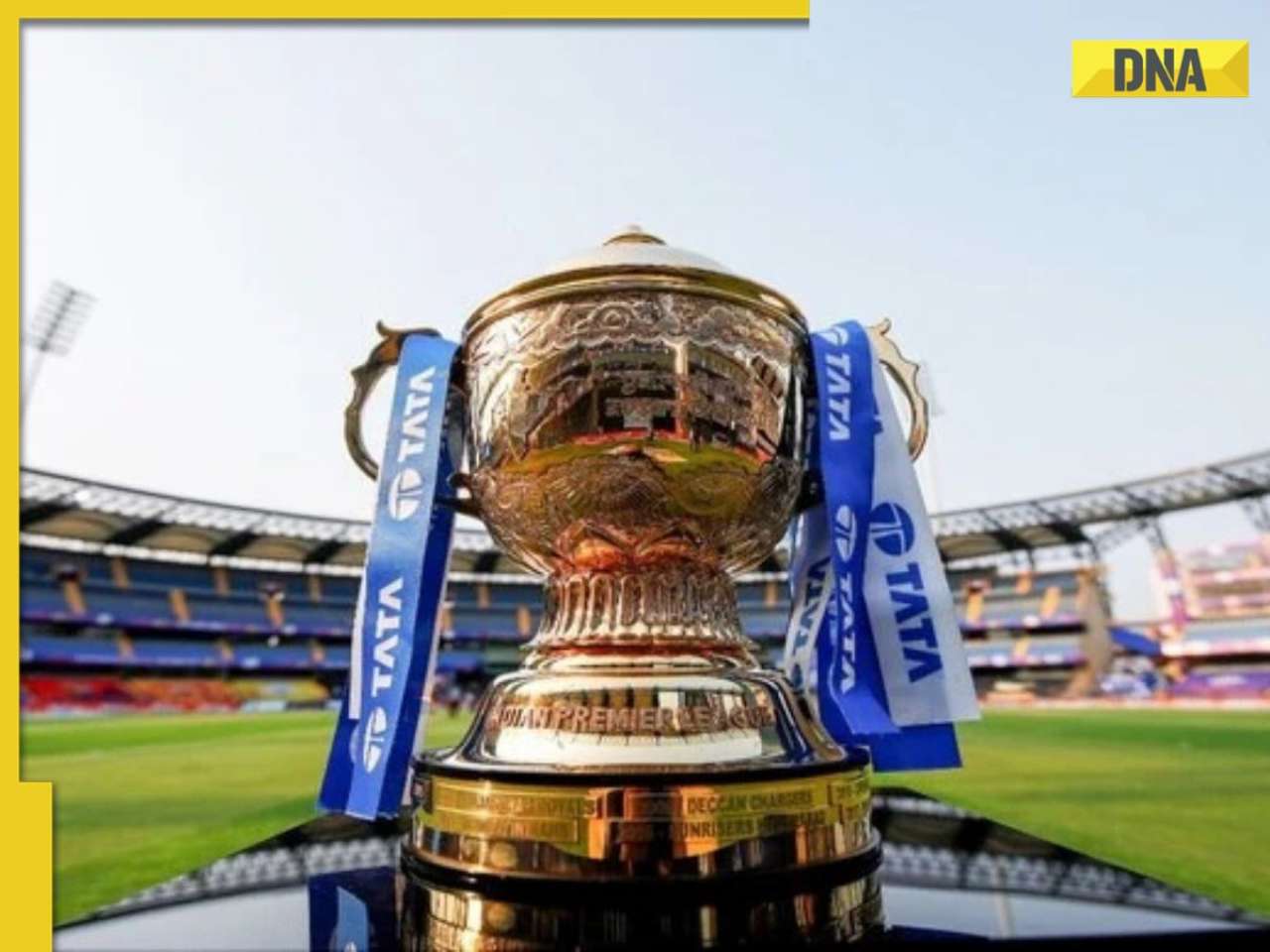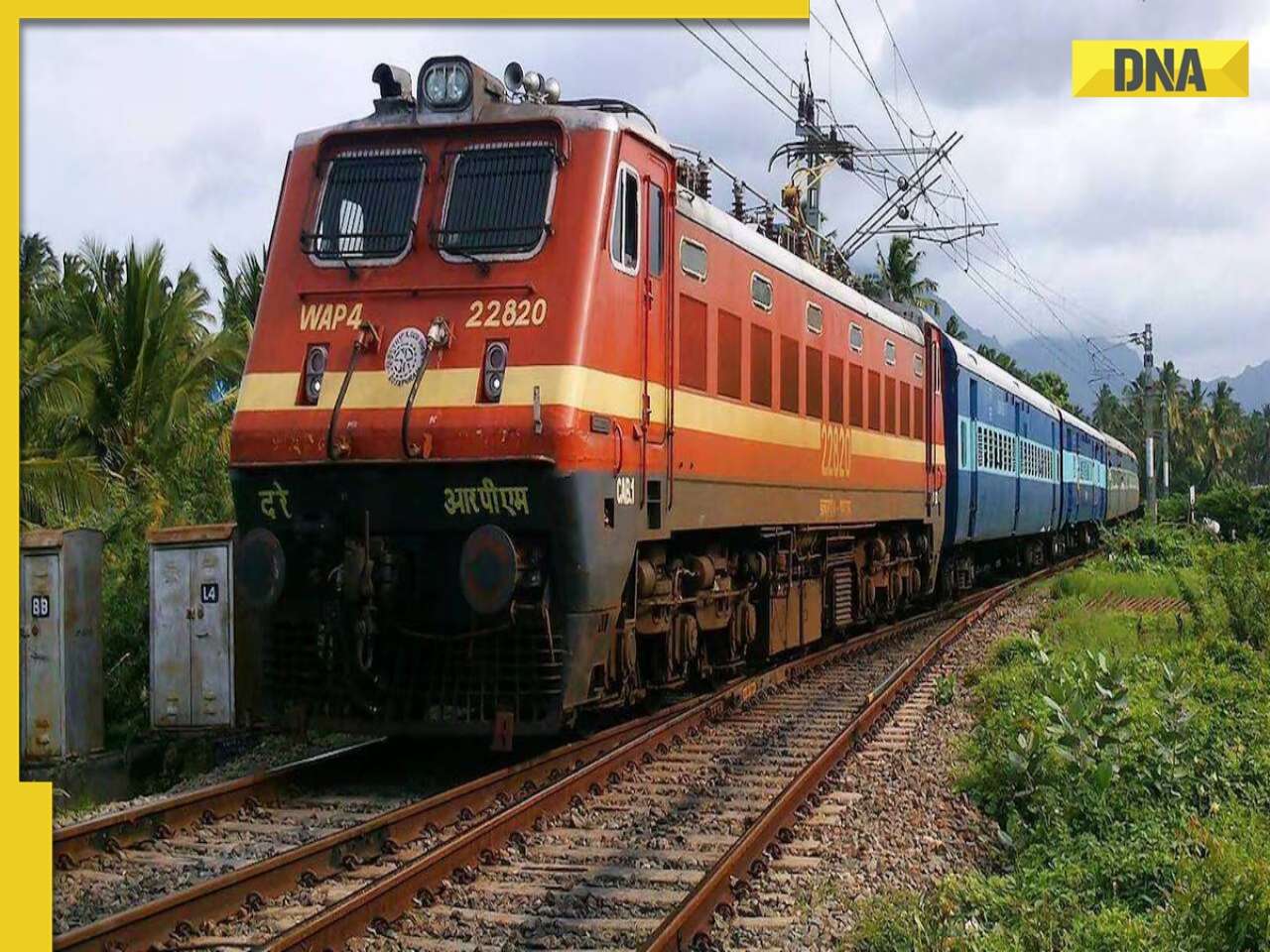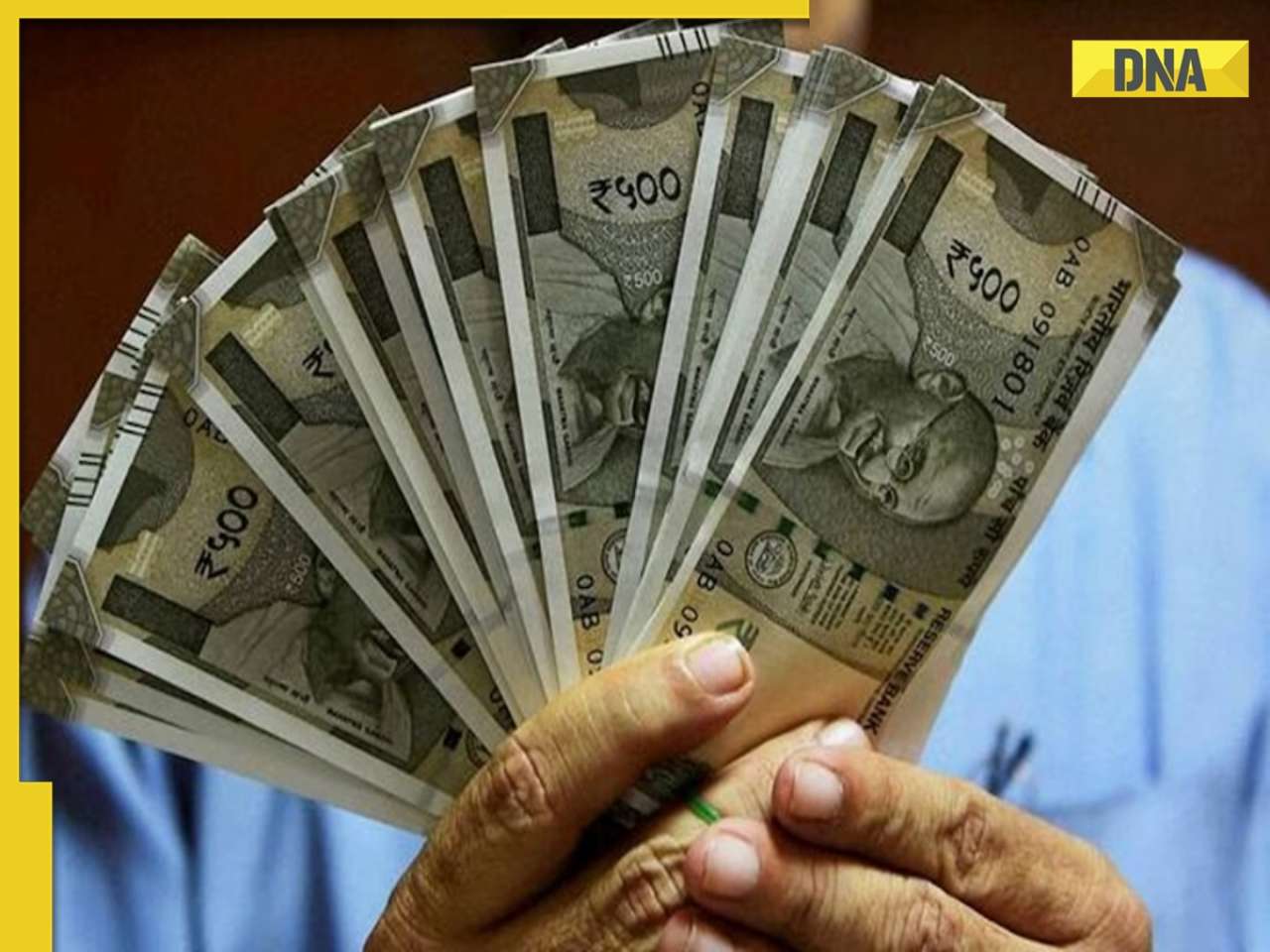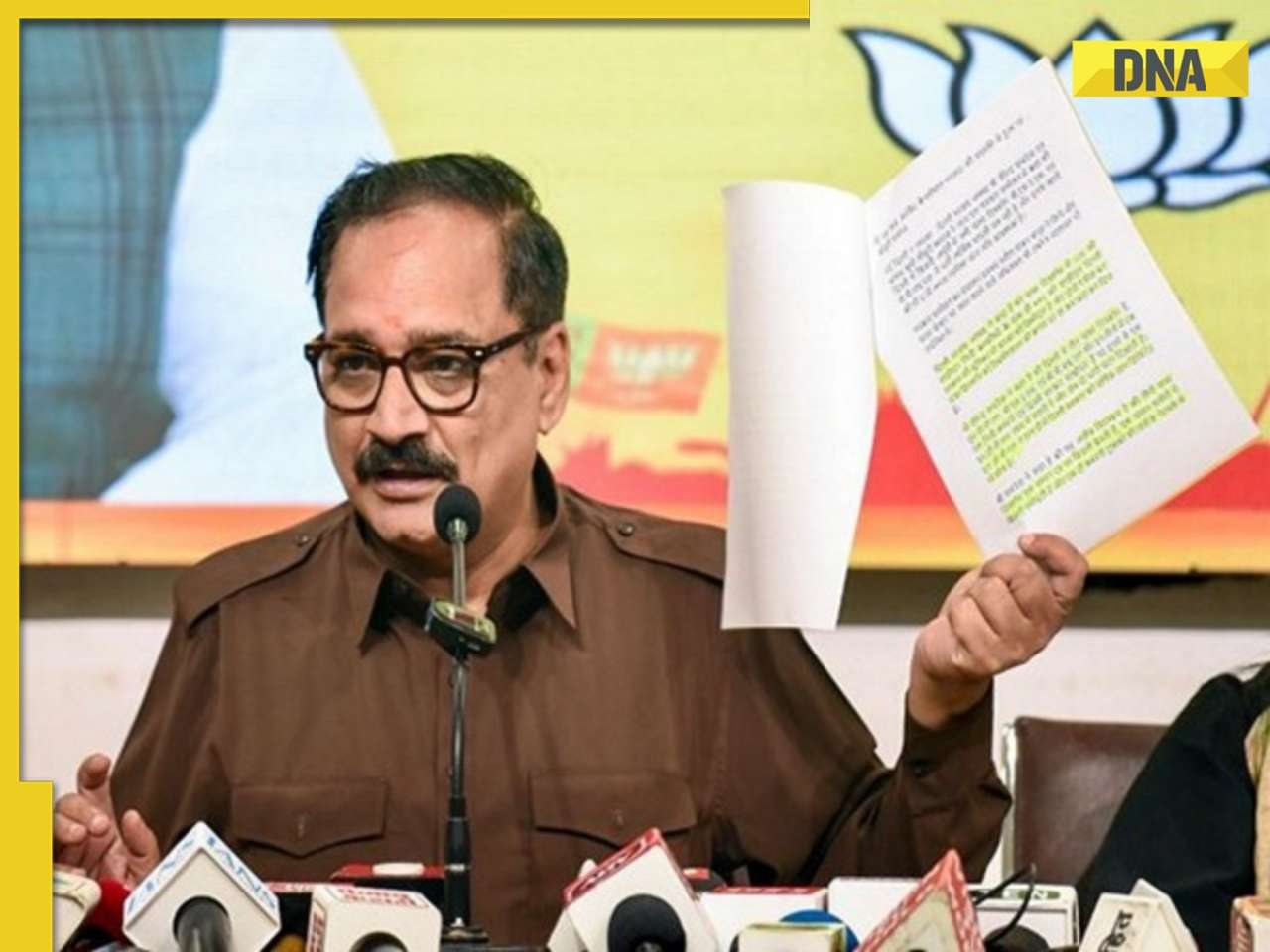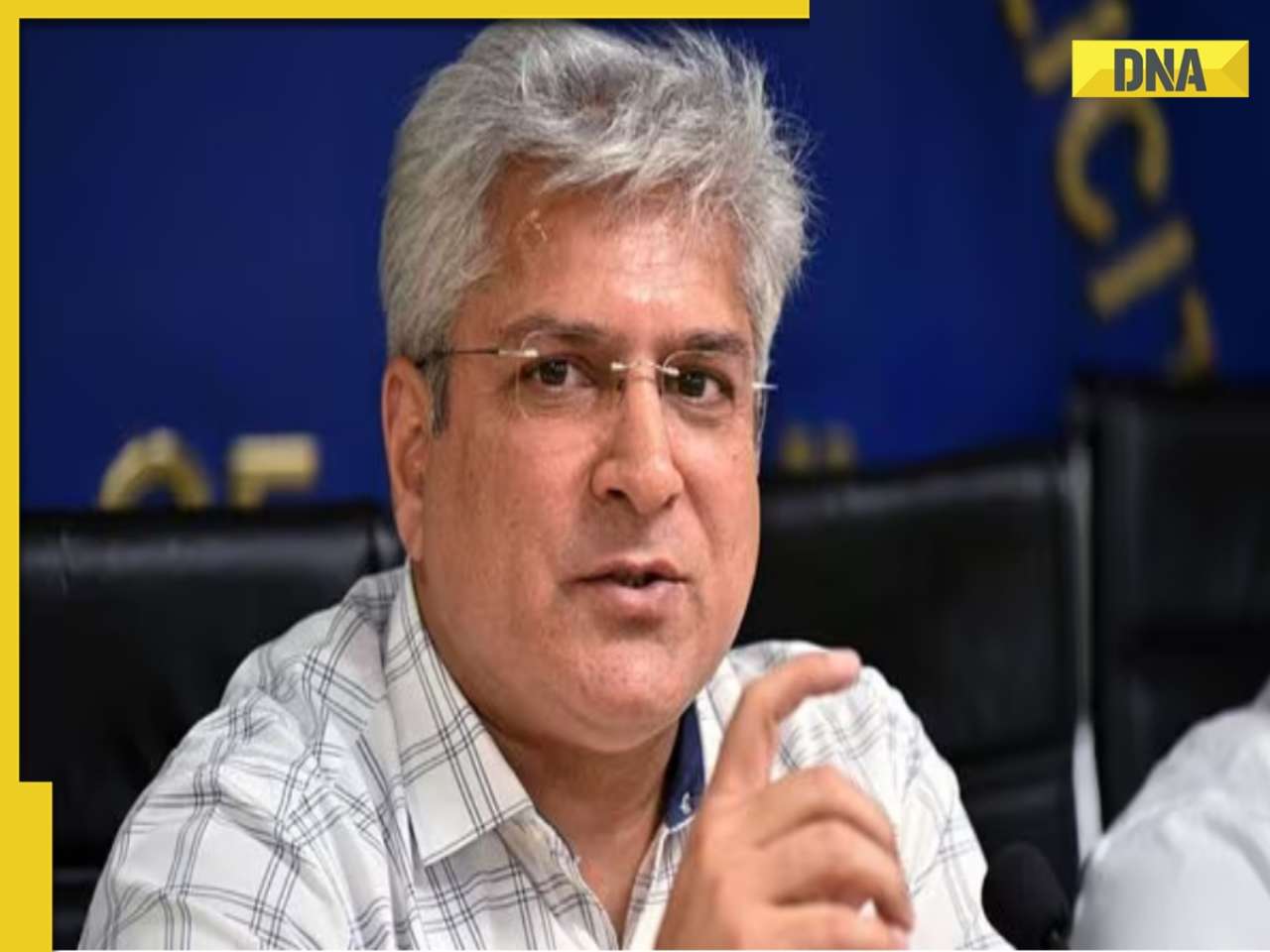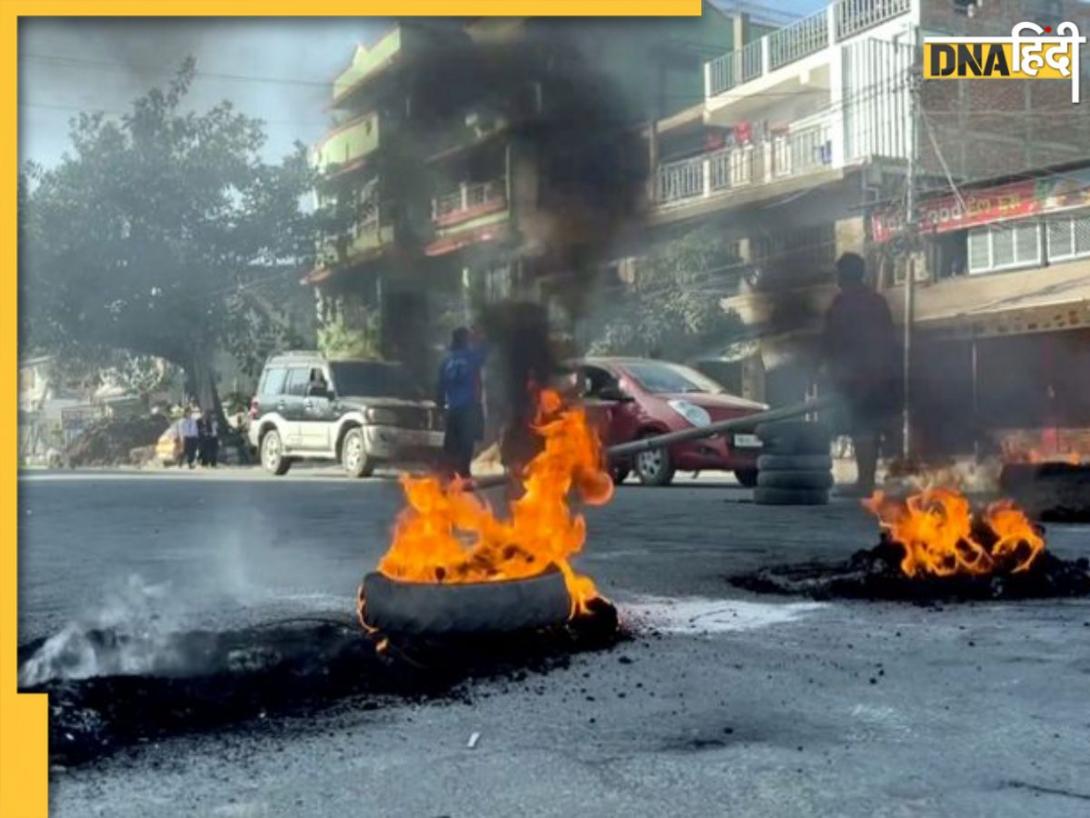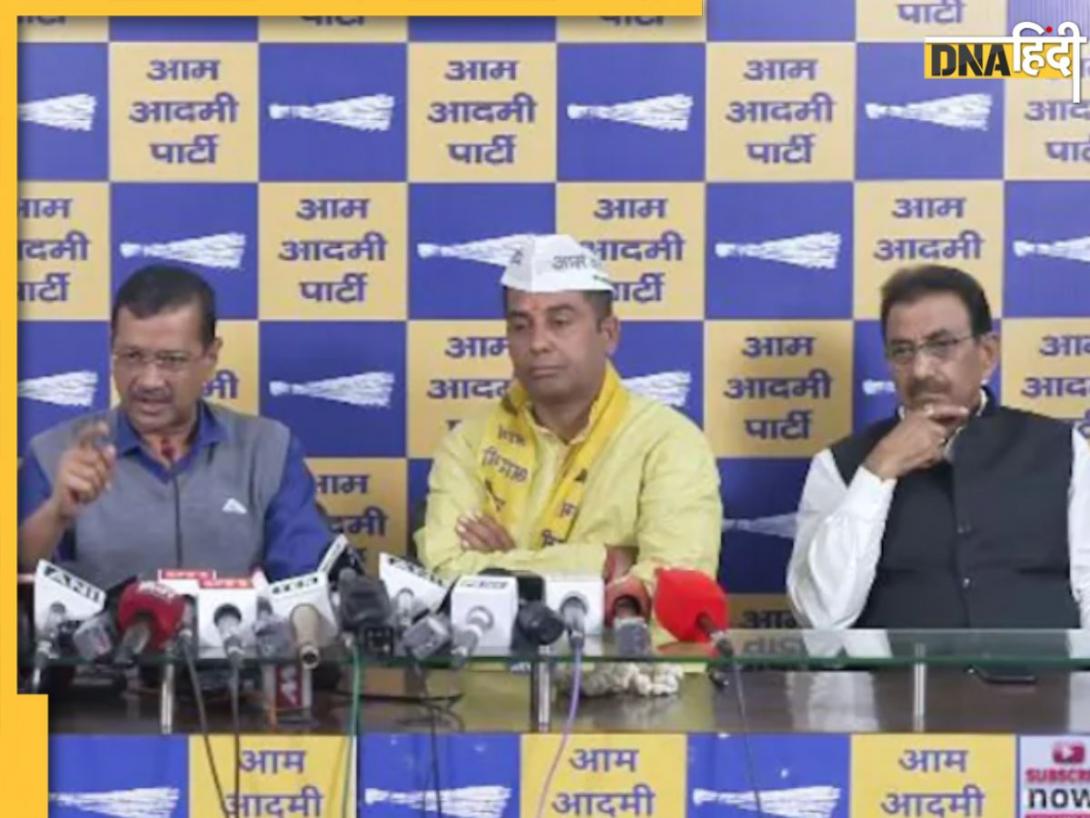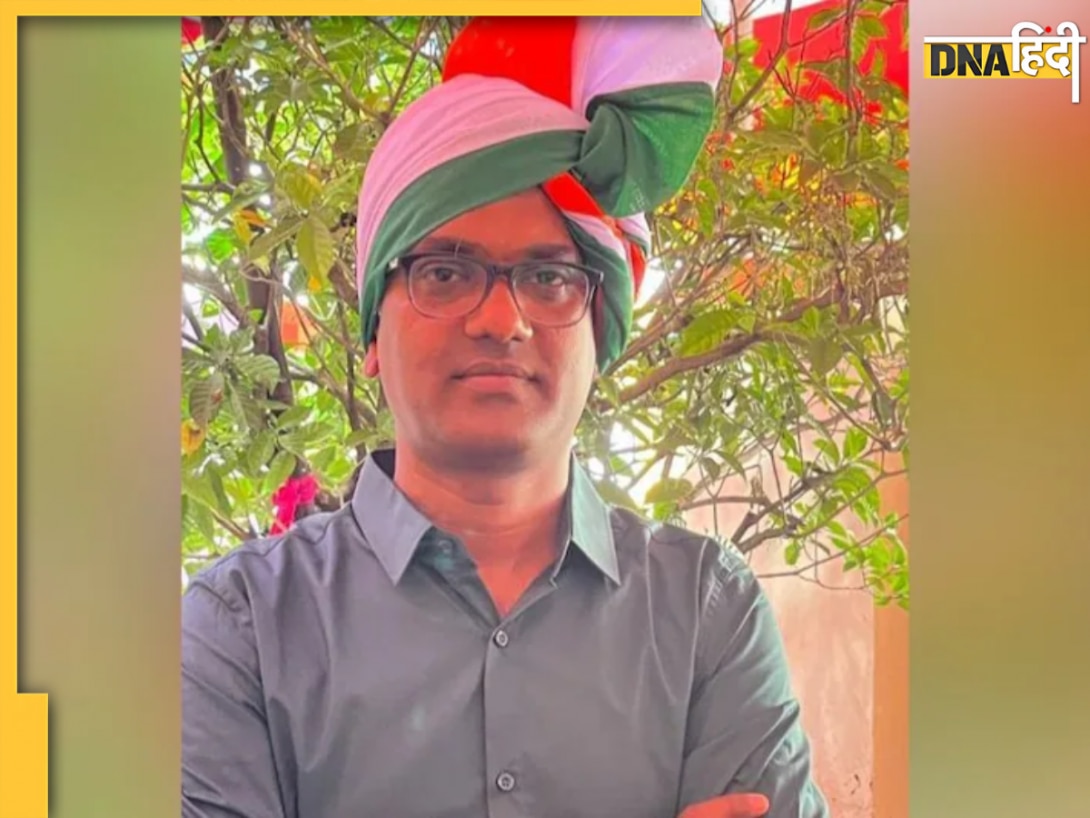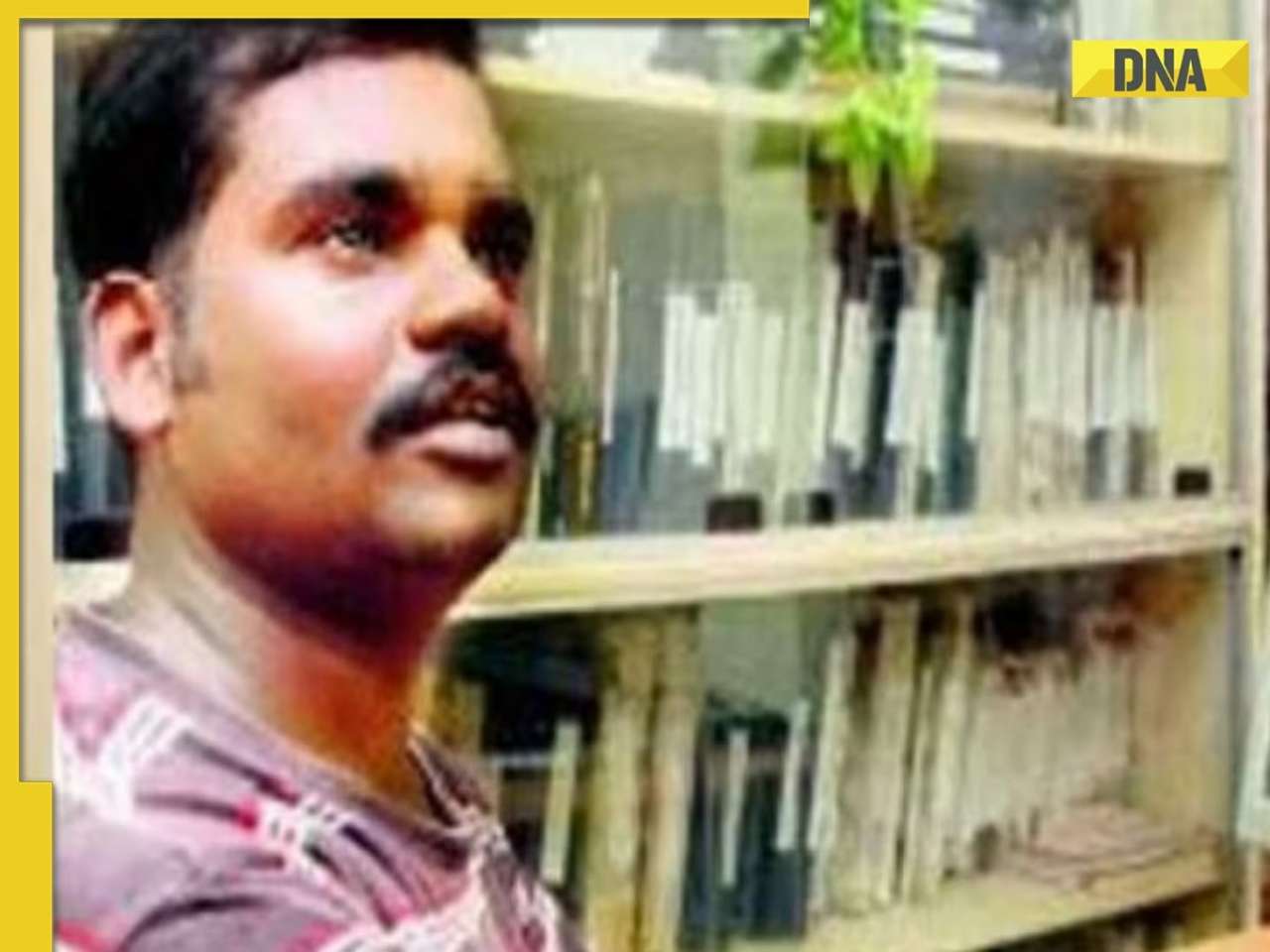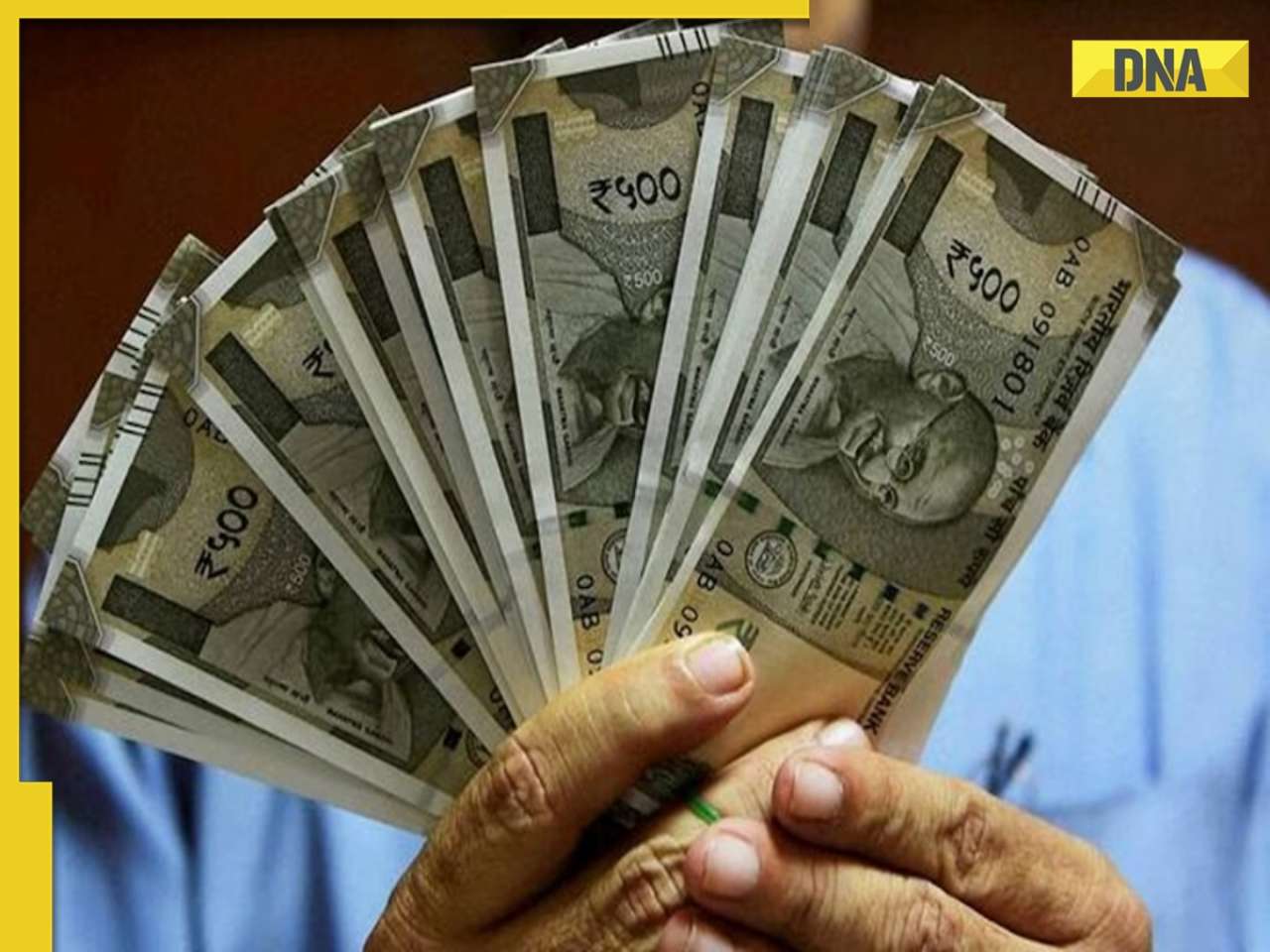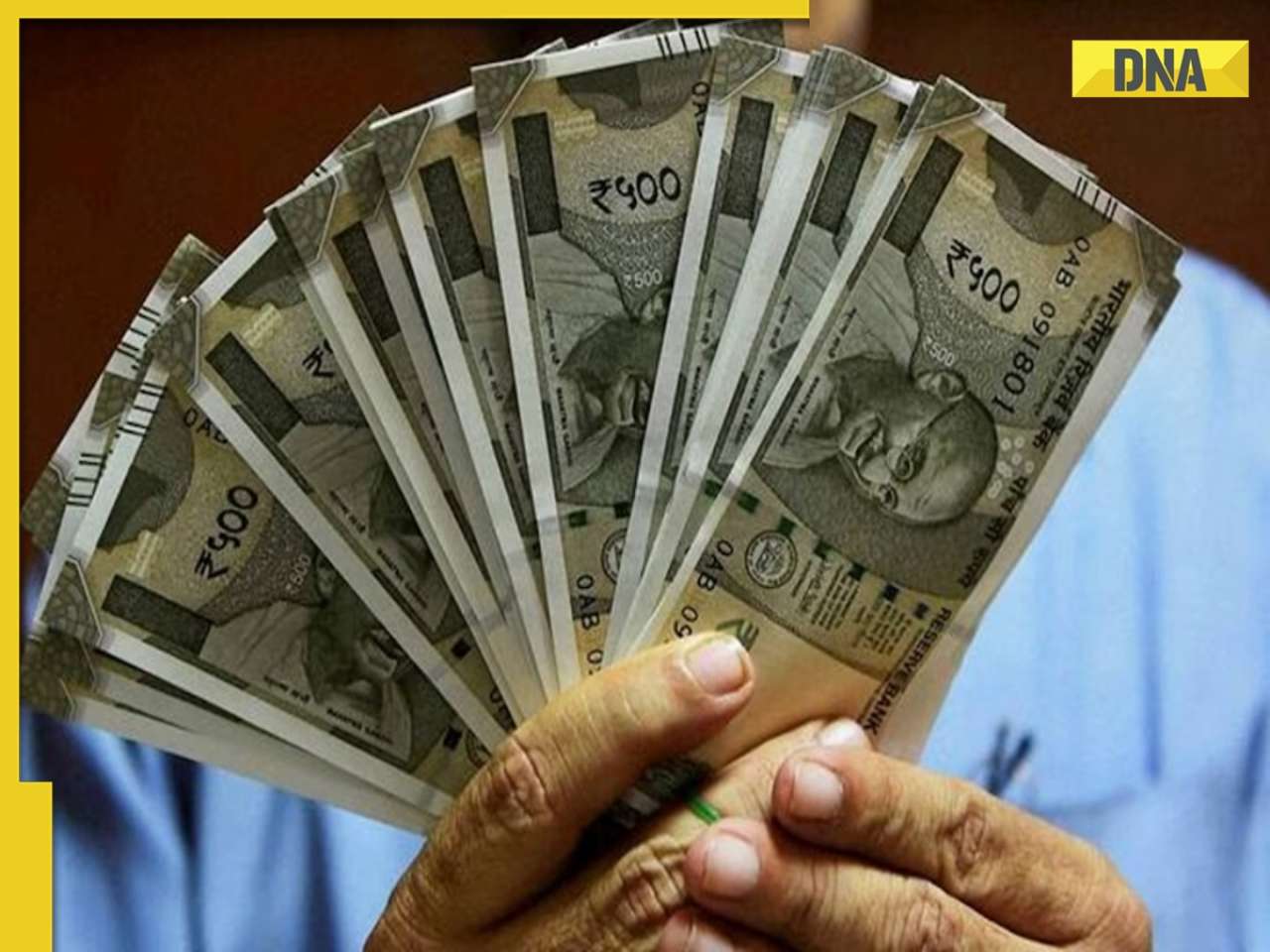- LATEST
- WEBSTORY
- TRENDING
ANALYSIS
Is the National River Linking Project worth the Rs 5.6 lakh crores Narendra Modi government plans to spend on it?
TRENDING NOW
The water understands
Civilization well;
It wets my foot, but prettily,
It chills my life, but wittily,
It is not disconcerted,
It is not broken-hearted:
Well used, it decketh joy,
Adorneth, doubleth joy:
Ill used, it will destroy,
In perfect time and measure
With a face of golden pleasure
Elegantly destroy.
- Ralph Waldo Emerson
Water works are almost as old as human settlements. The Ancient Egyptians, Babylonians, Romans, Cholas, and virtually every civilisation in between built canals and dams to irrigate their farmlands. In the modern era, the Colorado River Aqueduct (US), the National Water Carrier (Israel), the Cutzamala System (Mexico), and the as yet incomplete South-North Water Transfer Project (China) are examples of large national inter-basin transfer (IBT) projects aimed at improving agriculture, alleviating floods, and providing drinking water to parched areas.

NRLP
In comparison, India's National River Linking Project (NRLP) is nothing short of modern-day pyramid-building: at its completion, the NRLP will have 30 river links, 3,000 storage structures, a canal network of almost 15,000 kms, generate 34 GW of hydroelectric power, create some 87 million acres of irrigated land, and would transfer a mind-boggling 174 trillion litres of water per annum. This would be four times larger than China's ongoing multi-decade project. The project is also expected to displace 580,000 people. The total cost of the NRLP is estimated to be ₹5.6 lakh crores.
About 33% of India around its northern river basins have access to 62% of the country's annual freshwater while the remaining 67% of the country in the south and west have to make do with the remaining 38% of the water.
It is difficult to boil down a project of this magnitude that has so many variables to deliver a simple for or against verdict unless one is an activist. There are some very good arguments in favour of the NRLP as well as equally legitimate concerns. The BJP government's announcement of its plans to go ahead with a ₹25,000 crore plan to create a national waterway grid by linking the Ganga, Brahmaputra, Mahanadi, and Godavari rivers is a good excuse to revisit this issue.
Water
India's water situation is precarious at best. With an increasing population, ecological pressure has been increasing steadily. Groundwater has sustained agriculture and urban populations for the past three decades but the strain is showing as bore wells dry up and water tables deplete. Interestingly, India has four per cent of the world's total renewable water resources (TRWR), the seventh largest. Of this amount, only 58% is the potentially usable water resource (PUWR). By 2050, the PUWR is expected to be only 22% of what it was at independence due to population growth, poor development of water resources, and bad policies. Despite India's generous water resources, its per capita storage is staggeringly low at a mere 200 m3 per person whereas it is 5,960 m3 per person in the United States and 2,486 m3 in China.
The NRLP, when complete, will boost per capita PUWR storage as well as provide surface irrigation for irrigation, thereby helping to recharge the impoverished groundwater supplies. Water policies other than IBT, such as rainwater harvesting (RWH) and artificial groundwater recharging (AGWR), have been suggested to meet these goals and tried with varying levels of success. Both these methods work at the local level and are less helpful in water-scarce regions. Moreover, aggressive RWH or AGWR upstream can impact users downstream. Additionally, given the reliance of these methods on short spells of precipitation, it is unclear how well they can augment PUWR. Furthermore, groundwater depletion in semi-arid regions cannot be reversed by relying on annual rainfall.
Agriculture
India's agricultural boom since the mid-1980s has been sustained by groundwater. Decreasing public investment in irrigation, low oil prices, and subsidised electricity all contributed to the development of groundwater irrigation. However, due to excessive depletion of some basins and escalating energy prices, expansion of the net irrigated area has slowed down in recent years. Small farmers can ill-afford to periodically dig deeper wells to access the plummeting water table, nor can they afford the diesel to run their water pumps. Also, neither the power companies nor the the government can bear the subsidy bill for the agricultural sector and reforms are desperately needed. The NRLP hopes to reverse this trend by providing surface irrigation as well as replenishing water tables.
The major challenge facing the water sector in India is how to increase the groundwater stocks to arrest the declining groundwater tables. Several alternative proposals to the IBT have been considered to resolve the rising demand for agricultural water. One is to improve irrigation efficiency through micro-irrigation. Studies show that agricultural yield is significantly improved with drip or sprinkler irrigation yet despite the availability of subsidies, neither has spread much. The high initial investment requirement, combined with subsidised diesel and electricity, have discouraged farmers from pursuing micro irrigation en masse. The small size of the average farm holding in India discourages not just micro-irrigation but also other modernisation involving pesticides, fertiliser, mechanisation, and crop storage. After decades of the technology being available, drip and sprinkler irrigation remains limited to a minuscule 5% of the potential area suited for such techniques. This only reiterates the historical and global experience that surface irrigation is the single most determinant factor in agricultural growth.
Nonetheless, it is interesting to note that consumption of food grains in India is expected to fall in the coming years as a result of increasing urbanisation and increased variety in diet. By 2050, food grains will be less than 50% of the average Indian's food basket, the remainder going to fruits, vegetables, dairy, and poultry. As a result, there will be a greater demand for feed grain to sustain the livestock required to provide the dairy and meat. The increase in demand for water will therefore come not from food grain but from feed grain livestock.
Other technologies that may mitigate the need for NRLP are desalination and the introduction of genetically modified (GM) crops. However, neither seem to have a bright future in India. A cost-effective method of desalination is to complement nuclear power plants with desalination plants. Given India's power and water shortage, this would seem a symbiotic match made in heaven; excess thermal energy from nuclear power operations can be used to desalinate water more cheaply than conventional reverse osmosis. However, there is strong opposition to nuclear power in India and the sector has so far under-performed on every benchmark.
The GM debate in India is largely restricted to cotton but is slowly reaching other crops. While environmentalists are not yet sold on the technology, there is even greater concern about the corporate practices of corporations like Monsanto. Lack of adequate regulations regarding food safety and poor enforcement is another reason there has been vocal opposition to GM crops in India.
The failure to adopt alternative means to resuscitate Indian water resources and agriculture does not necessarily mean that IBT is the only remaining option. A cursory study of the Polavaram reservoir, for example, tells a cautionary tale. First, it underscores the need to study monthly if not weekly water flow in the river and canals rather than take the annual average. Studies indicate that though the Polavaram reservoir and link canal will reduce seasonal water shortage in the target area of the reservoir, it will only shift the water shortage further down the Godavari Delta during the rabi harvest and summer months. Rather than an expensive IBT, changing cropping patterns - paddy during monsoon and low wtaer intensive crop such as pulses in the drier season - might provide a better option for the region's farmers.
Similarly, at the Ken-Betwa link, plans to provide irrigation and augment farming during the kharif harvest are unlikely to be met with much success as few farmers need irrigation then. The cropping pattern of the region is such that the cultivated area during kharif is only a small portion of the region's cultivable area. Some farmers prefer to keep the fields fallow in preparation for wheat cultivation during rabi; others prefer crops such as pulses and oilseeds which require less water, have a shorter gestation period, and have as high a value as paddy. The evolution of this cropping pattern does not appear to have much to do with rainfall and soil moisture, for farmers preferred shorter duration crops that need less water even in areas where groundwater was plentiful. As a result, the proposed irrigation transfers during kharif will do little to boost farm production.
Polavaram and Ken-Betwa are not typical of all segments of of the NRLP, nor do they override other benefits of the project. However, they do serve as a healthy reminder not to be swayed by the state-technocratic triumphalism of such a massive project.
Transportation
The NRLP is not merely an IBT project; it is also meant to create a waterway grid that connects the Brahmaputra to the Vaippar. The linking canals, planned to be between 50 and 100 metres wide and six metres deep, would provide another means of transporting goods within India and reduce the pressure on roads and railways. The riverway will reduce India's oil consumption and hopefully offer a better and faster means of moving goods. In conjunction with improved storage, this should reduce cost of produce and increase exports.
This vision is, however, dependent on the availability of sufficient water in the canals perennially to maintain a waterway. This may not be a problem during the monsoons but the drier months may put pressure on the water grid - a minimum amount of water, known as an ecological reserve on environmental flow, must be maintained in each river basin to provide for the ecology of that river basin. As one scholar wrote, “Flows are needed for maintaining the river regime, making it possible for the river to purify itself, sustaining aquatic life and vegetation, recharging groundwater, supporting livelihoods, facilitating navigation, preserving estuarine conditions, preventing the incursion of salinity, and enabling the river to play its role in the cultural and spiritual lives of the people.” Given the poor environmental laws in India, there is some concern that this philosophy may not be adhered to.
Environmental flows are not merely about the amount of water in a basin but also about when the water should be flowing and at what rate. All components of the hydrological regime have certain ecological significance: high flows are important for channel maintenance, bird breeding, wetland flooding, and maintenance of riparian vegetation, while moderate flows are critical for cycling of organic matter from river banks and for fish migration. Similarly, low flows are necessary for algae control and water quality maintenance. This holistic approach to river ecology may not be possible with the water transfers the NRLP proposes.
Ecology
Perhaps the most obvious criticism of the NRLP is its ecological footprint. The transfer of such enormous amounts of water will inundate forests and land for reservoirs, and the weight of billions of litres of water may even have seismic implications in the Himalayan region. Proponents argue that waters from areas of abundance will only be transferred to regions of scarcity and the waters of the Brahmaputra will merely reimburse the areas water was diverted from. Thus, the IBT is a chain of substitutions in most places rather than the creation of seismic activity inducing reservoirs.
Nonetheless, there remains the problems associated with hypertrophication of water bodies, oxygen depletion, altering pH levels, increased salinity, disease vectors, evapotranspiration from the new reservoirs and canals, local ecological instability from the transfer of flora and fauna, and the spread of pollution. None of this is new or peculiar to the IBT but for an endeavour projected to be a boon to agriculture, little midnight oil seems to have been burned on water quality.
Solutions do exist - for example, Modi Sarkar has already started on cleaning the Ganga. Irrigated fields can be drained via pipes or channels into collector drains. Similar projects will need to be introduced throughout the national waterway. Some solutions will need to be rejigged - for example, covering canals with solar panels as has been done in Gujarat is not feasible as it will hinder the waterway! Yet the problem of pesticides and fertilizer leaching into the water remains, indicating that a comprehensive national waterway grid needs a comprehensive national environmental policy; the linking of rivers will make it of paramount importance that solutions are found and rigorously applied throughout the country.
Trans-Boundary Issues
The NRLP will have a tremendous impact beyond India's borders. Countries that are part of the network of river basins such as Nepal, Bhutan, and Bangladesh will be concerned about India's plans to transfer river waters that might have come to them. As per international law, any upper riparian scheme would have to be discussed with lower riparian states. Bangladesh would be particularly concerned about the NRLP because the primary gravity link canal from Jogighopa to Farakka would be entirely within India and transfer some 15 trillion litres from the Brahmaputra to the Ganga. This could expose Bangladeshi farmers further down the Brahmaputra to rising salinity.
In addition, the NRLP allows India to completely control the livelihoods of some 20 million Bangladeshi farmers who rely on water from the Brahmaputra and the Ganga. If India releases too much water, the entire delta in Bangladesh could be flooded and if Delhi curbed the flow of water, crops could fail. However, given the annual flooding and loss of life in Bangladesh, Dhaka has reason to cooperate with India in creating a mechanism to release just the right amount of water at the right time. Ultimately, this remains a political rather than a technical question.
Further north, the shoe is on the other foot: India has viewed with some concern China's SNWTP for some years. China's project aims to transfer water from the Yangtse to Qinghai, Gansu, Shaanxi, Shanxi, Inner Mongolia and Ningxia Hui. However, a spin-off has been under consideration which would not only build massive hydoelectric power stations at the Great Bend in the Brahmaputra but may also divert the river waters to the arid regions of Xinjiang and Gansu. Such a step would leave India and Bangladesh at China's mercy.
Indian officials have so far played down China's water transfer project, pointing out that a mere 7% of the total water entering the Brahmaputra is from precipitation in China via the Subansiri, Siang, and Lohit tributaries. However, other experts have questioned this assertion and as any other policy issue in India, the India-China clash on the sharing of the Brahmaputra waters remains nebulous to the public. What is obvious is that India and China have no water sharing treaties between them and Beijing is unlikely to make any grand gesture of fairness towards Delhi.
There is reason to hasten India's NRLP in the Himalayan sector - theoretically, under international law, a country’s right over natural resources it shares with other nations becomes stronger if it is already putting them to use. However, the obvious counterpoint is that China is not a country known to follow international law. The Brahmaputra alone is responsible for approximately 29% of all of India's river runoffs. If Beijing does divert 30% of the Brahmaputra water, India's modern-day pyramids will truly be just that - a very expensive and elaborate tombstone.
The International Food Market
With increasing trade liberalisation, agricultural subsidy reductions are in India's interests. The Food Security Act, for example, has forced India to defend its agricultural policy at the World Trade Organisation at the expense of negotiating space in other sectors of its economy. India's still growing population is a considerable destabiliser of international prices and if the harvest fails, international food prices due to heavy imports by India. The domestic as well as international ripple effects of India's failure to attain self-sufficiency in agriculture can be significant.
Engineering Challenges
As with all things in India, the buck stops with the question, "Can the government deliver on its promises?" The Indian government's track record on the economy, defence, foreign policy, internal security, poverty alleviation, infrastructure, and almost every other sector is woeful. The NRLP already costs approximately ₹5.6 lakh crores and cost overruns for a project of this magnitude can have severe repercussions.
Beyond engineering, the social cost of displacing almost 600,000 people must also be considered. The state has been excruciatingly slow in previous large projects to compensate those displaced, up to ten years in some cases. Consequently, land acquisition is resented by local communities.
Some have suggested that rather than launch into this Herculean task, it might make more sense to construct the NRLP in phases, leaving time between each phase to observe the economic, social, and environmental effects. This may be plausible, but proponents argue that the benefits of the NRLP can be achieved only when complete. While some links may not be particularly well served by water transfers, they are required transit points in the larger system. Constructing only a few links of the NRLP for observation may paint a very different picture of the project than its final state. To borrow from John Dalton, the whole may be greater than the sum of the parts.
On the positive side, the project will generate massive employment and an upsurge in the construction industry. Over a million people are expected to be employed over at least ten years. That is of little use, however, if the NRLP does not benefit the country.
Conclusion
These are only some of the complexities involved in the NRLP. There are, no doubt, some significant advantages such as groundwater resuscitation and the construction of an inland waterway. There are equally alarming concerns about China's plans on the Brahmaputra and the spread of river pollution. Some aspects, such as environmental flows and cropping patterns, require more research. There are undoubtedly many local solutions that may or may not work, but these have not been adopted for decades despite government subsidies. Furthermore, surface irrigation has been proven world over to benefit agriculture and India's reliance on groundwater is only because of the state's failure to provide adequate surface irrigation and water storage infrastructure.
Given the present data on the NRLP, or lack thereof, it is difficult to presently be for or against river linking; citizens can only monitor new research and developments for now and impinge upon the government to consider their concerns.

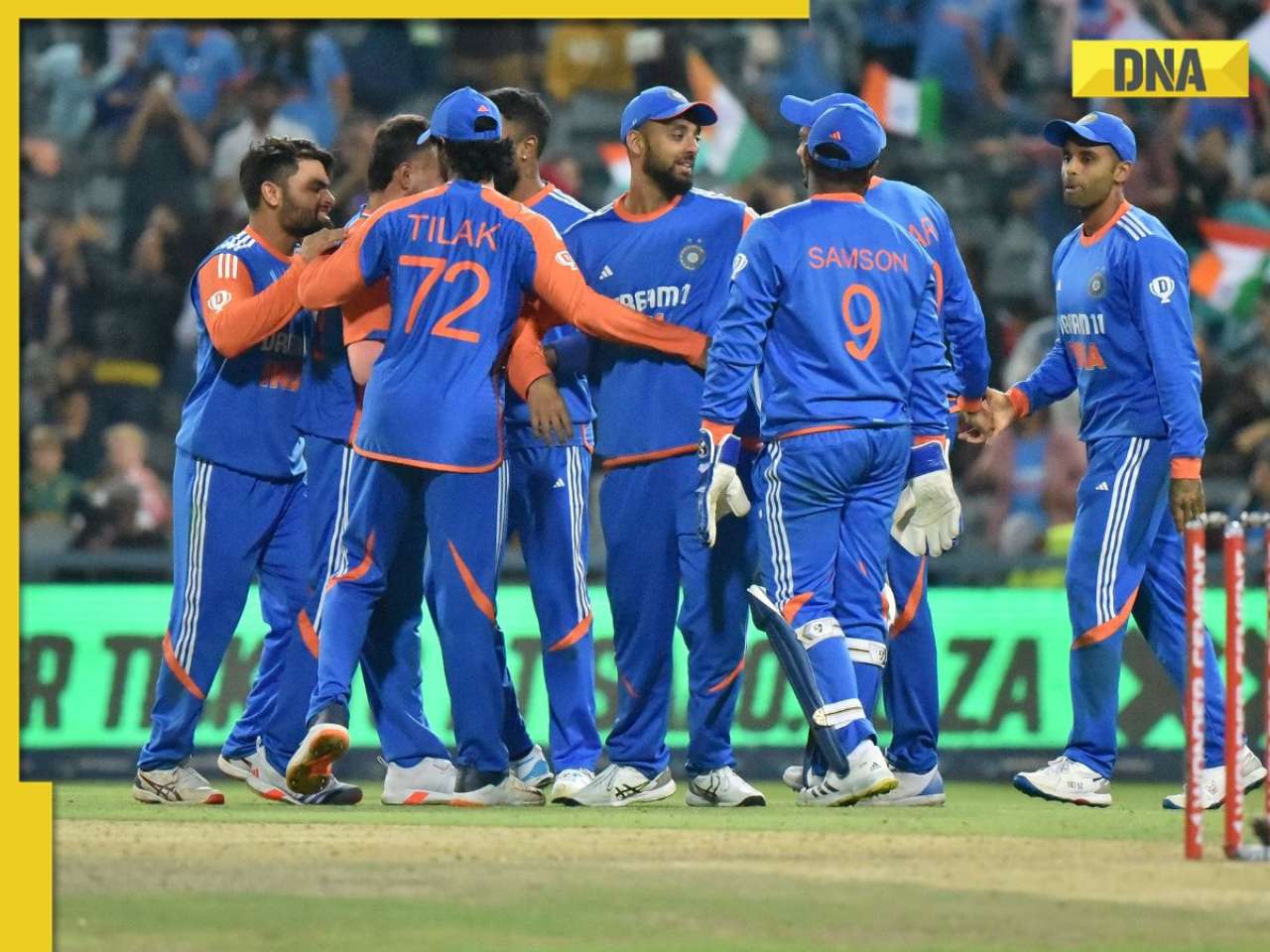
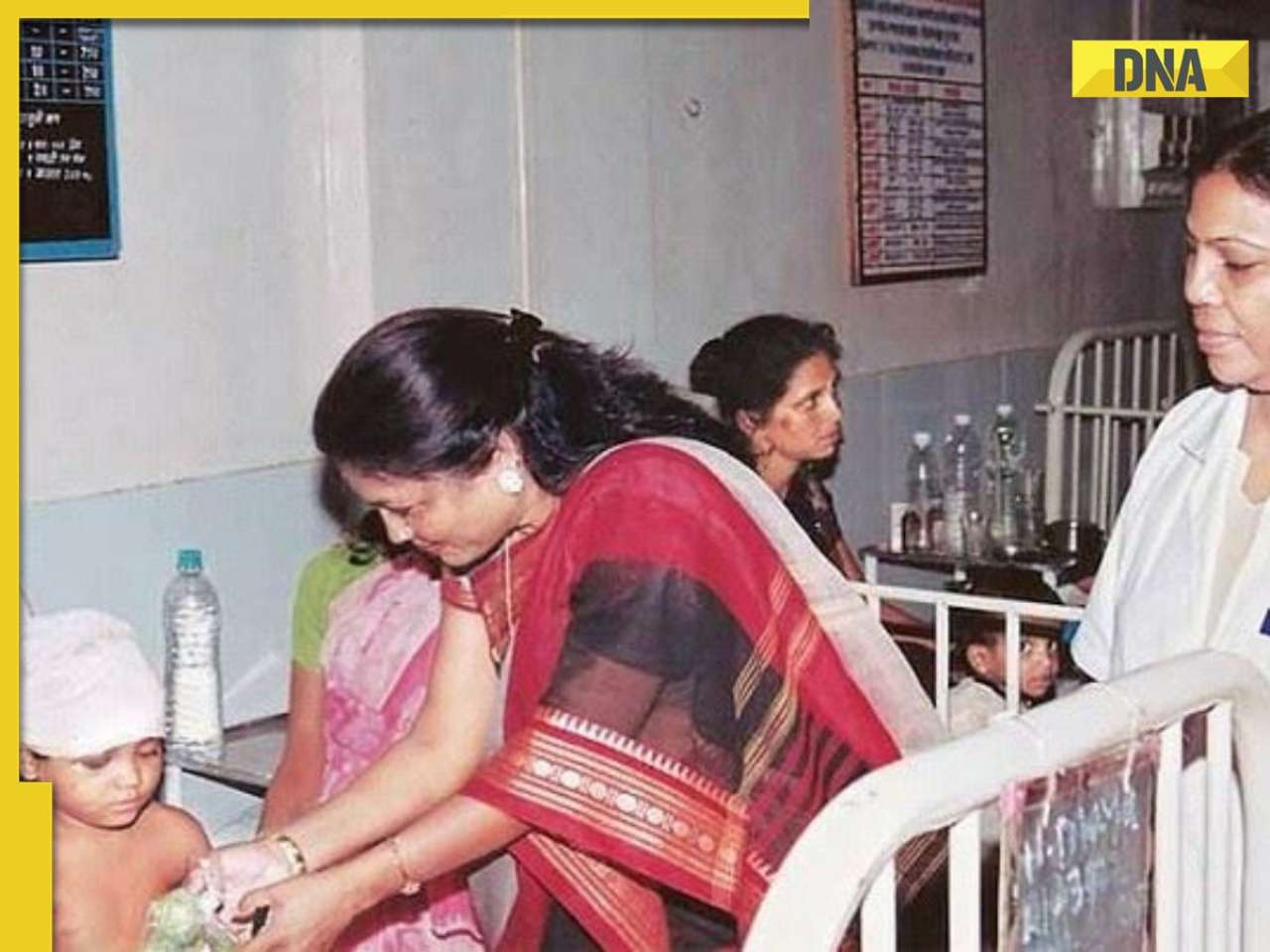




)
)
)
)
)
)
)
)
)
)
)
)
)
)
)
)






